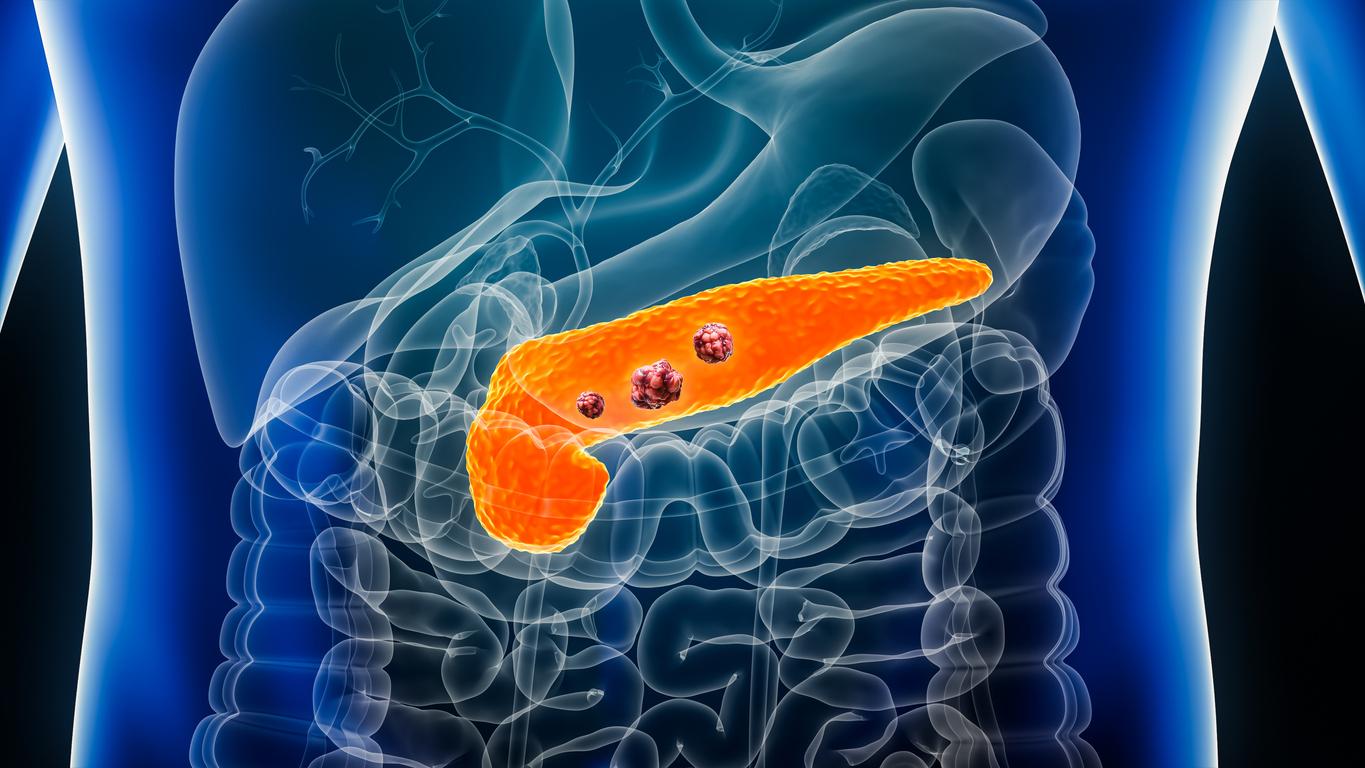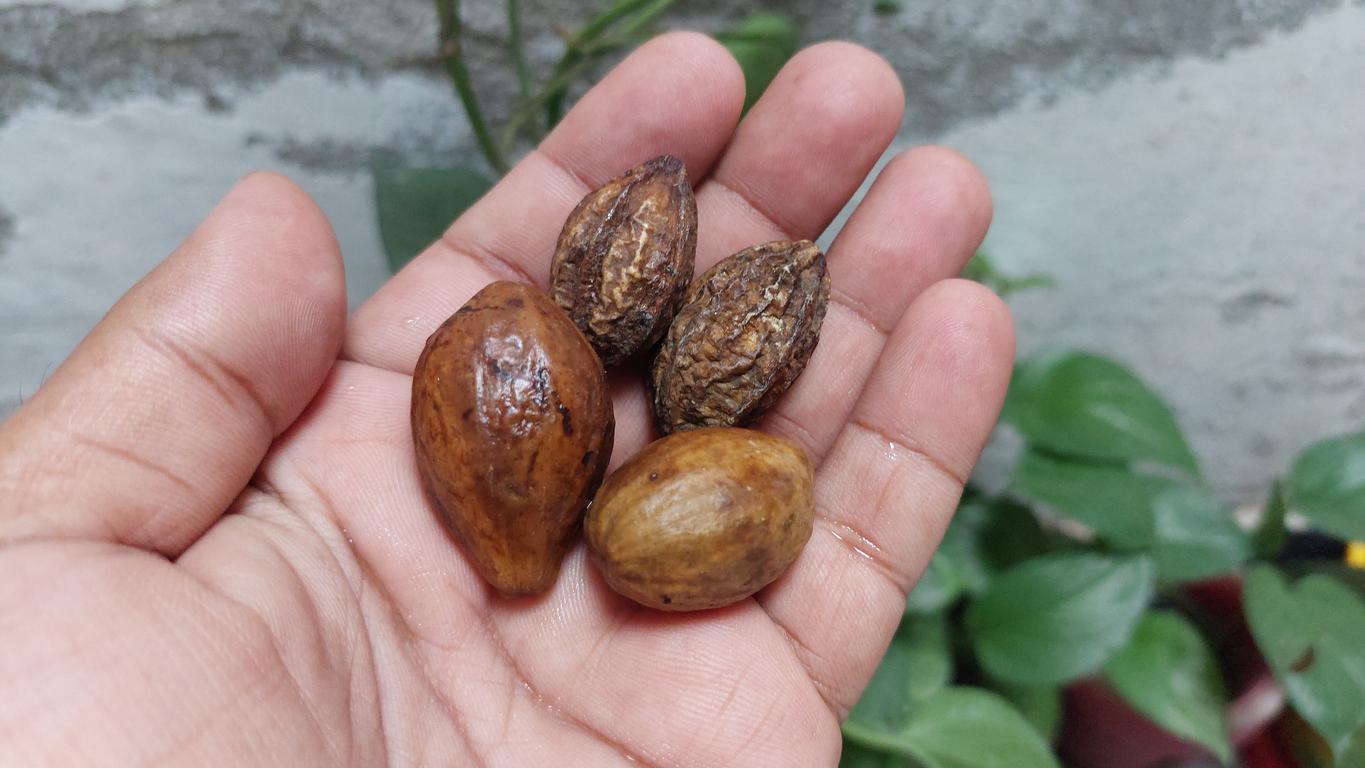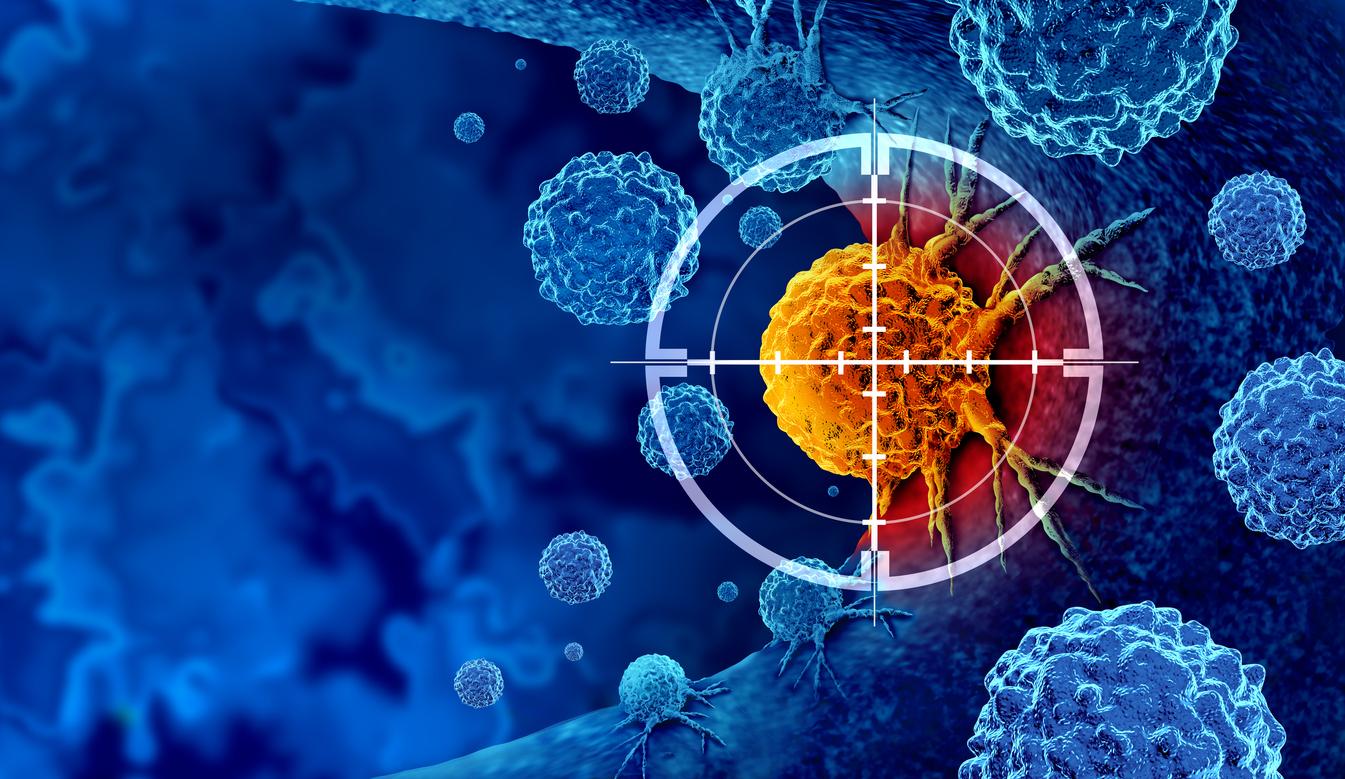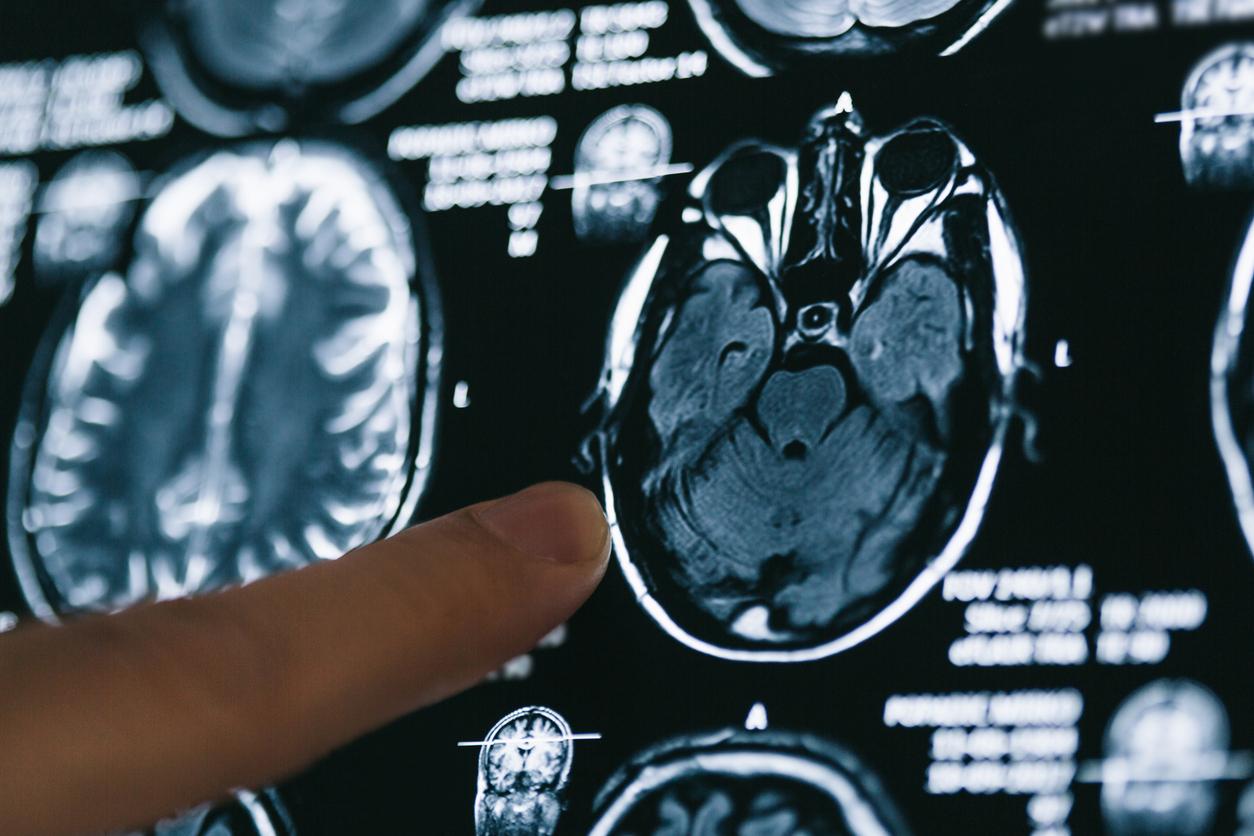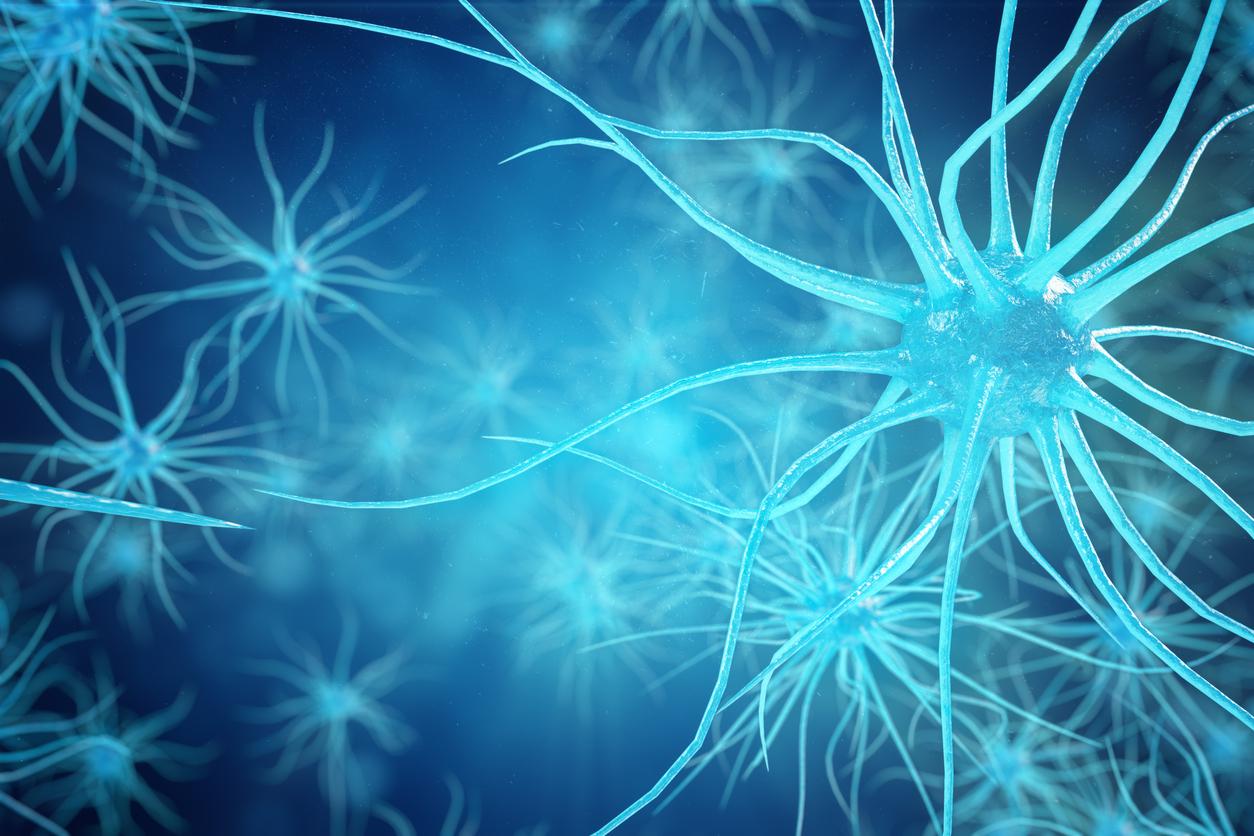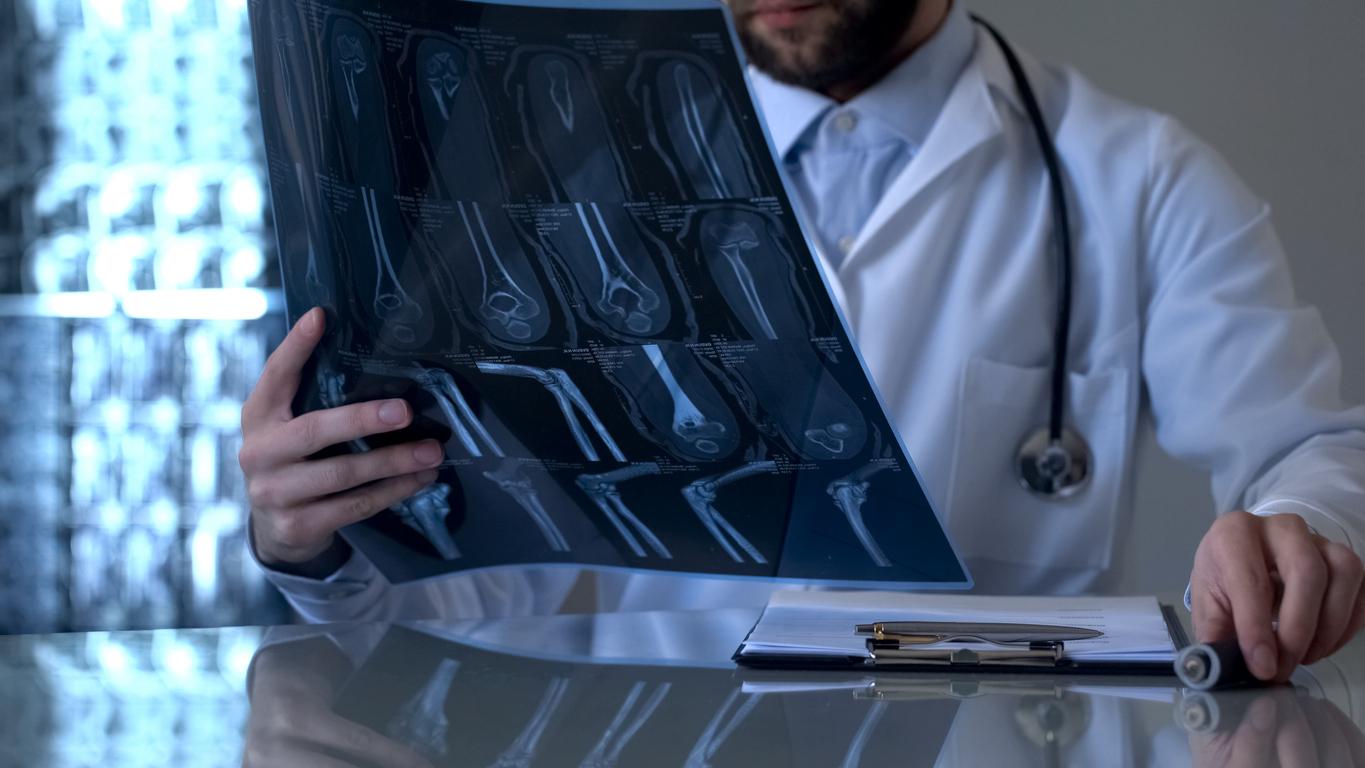October 18, 1999 – By the number of people affected, Parkinson’s disease is the second most important neurological disease after Alzheimer’s disease. It is characterized by continual trembling of certain limbs, slow and weak movements, muscle stiffness and instability. Half of the people who suffer from it will eventually develop senile dementia.
However, according to clinical observations by Janice Walton-Hadlock, a Californian acupuncturist who initiated the Parkinson’s Recovery Project (PRP), it seems that all people developing Parkinson’s disease have had a foot injury that affected the Chongyang point (Stomach-42 ). During the decades that follow (Parkinson’s disease develops over a very long period), the flow of energy comes to be completely blocked in this area and goes up along the meridian of the Stomach, disrupting the circulation of Qi. in other meridians and eventually leads to the manifestation of symptoms of the disease.
The official goal of the research undertaken by the PRP is to determine whether or not people with Parkinson’s disease have an unhealed injury in the Stomach-42 point area. The treatment protocol includes manipulation of the affected area to remove the energy blockage, followed by acupuncture treatments to reactivate circulation. This protocol, which lasts two years, has allowed several patients to make a full recovery.
According to observations, acupuncture treatments alone have only a temporary effect and must be repeated continuously. On the other hand, they have lasting results when they are preceded by manipulations from Tuina (the specific form of massage of TCM) and called Forceless Spontaneous Release.
TCM practitioners interested in participating in the research can download the full treatment protocol from the PRP website (http://www.pdtreatment.com). The same site includes a booklet for patients.
HealthPassport.net
With the collaboration of Hélène Blais, Thionville (France)









